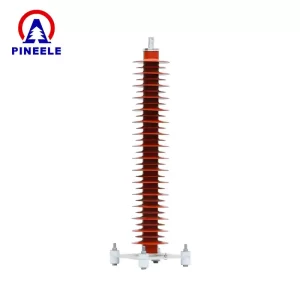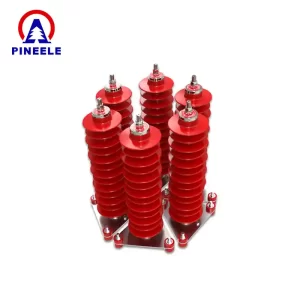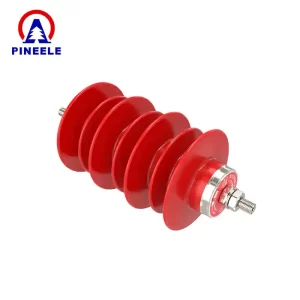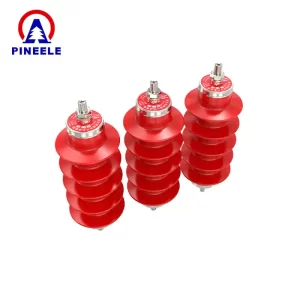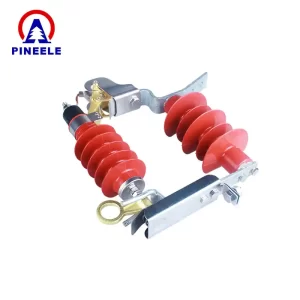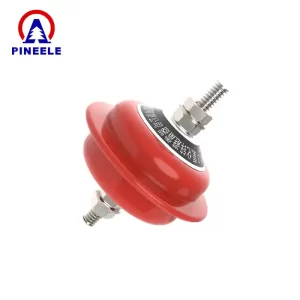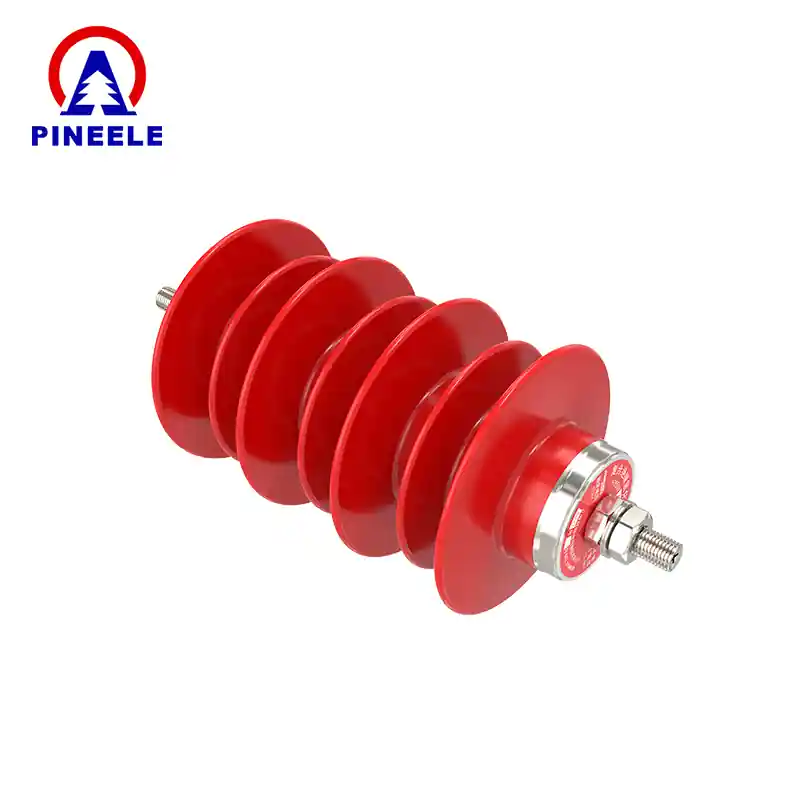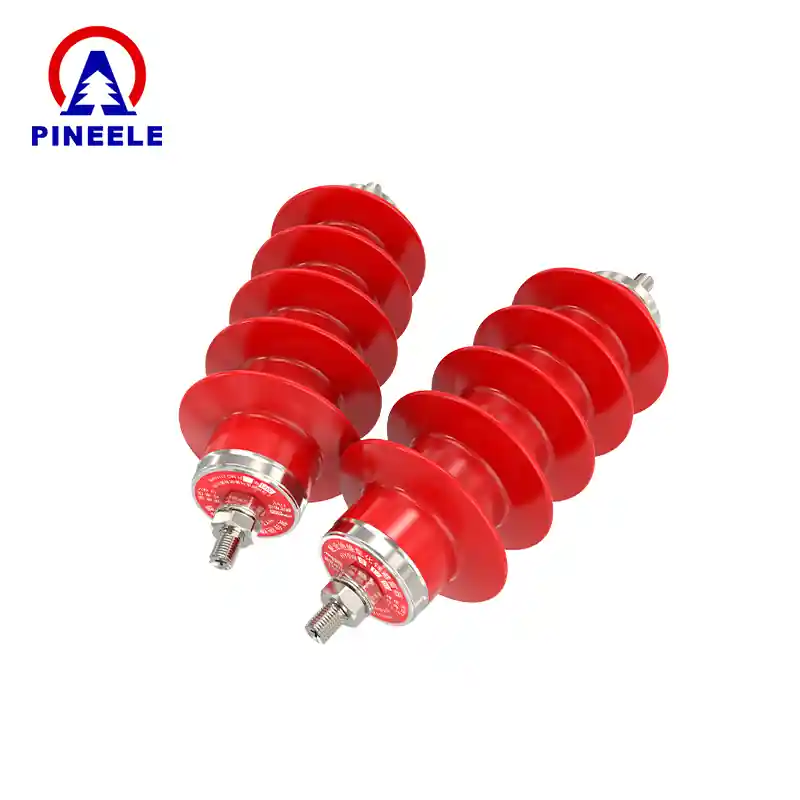
High Voltage Surge Arresters | Overvoltage Protection Solutions
Ensure system safety with industrial-grade high voltage surge arresters, engineered to protect critical infrastructure from lightning strikes, switching surges, and transient voltages. Compliant with IEC 60099, ANSI/IEEE C62.11, and UL 1449 standards.
Key Features & Applications
- Polymer-housed & porcelain arresters for indoor/outdoor installations.
- Voltage ratings: 1kV to 500kV with customizable energy absorption.
- Critical for substation protection, transmission lines, and telecom base stations.
- Advanced transient voltage suppression technology.
Why Choose Our Surge Arresters?
- 25+ Years of surge protection expertise.
- Third-party tested (impulse, thermal, aging).
- Certifications: CE, IECEx, ATEX for hazardous zones.
- 24/7 support with installation guides.
Surge Arrester Specifications & Selection
Critical Parameters Explained
A high voltage surge arrester's performance hinges on:
- Nominal Discharge Current (In): Ranges from 10kA to 40kA, dictating capacity to handle lightning strikes and switching surges.
- Continuous Operating Voltage (Uc): Must exceed system voltage by 20% (e.g., 30kV arrester for 24kV grids).
Polymer vs. Porcelain Arresters
| Feature | Polymer | Porcelain |
|---|---|---|
| Weight | 50% lighter | High structural load |
| Explosion Risk | Zero (safe for urban substations) | Potential fragmentation |
High Voltage Surge Arresters Buyer's Guide: Selection, Standards & Technical Insights
Choosing the right high voltage surge arresters is critical to protect electrical systems from lightning strikes, switching surges, and transient overvoltages. This guide integrates IEC 60099-4, ANSI/IEEE C62.11 standards, and manufacturer expertise (ABB, Hitachi Energy) to simplify your selection process.
Core Technical Parameters for Surge Arrester Selection
- Maximum System Voltage (Um): Determines arrester compatibility with grid voltage levels (e.g., 123kV, 550kV).
- Nominal Discharge Current (In): Ranges from 10kA to 40kA, defining surge current handling capacity.
- Rated Voltage (Ur): Must exceed temporary overvoltages (TOV) like earth faults or load rejection.
- Protection Level (Up): Residual voltage during discharge, critical for insulation coordination.
Polymer vs. Porcelain Arresters: Key Differences
Industry Applications & Performance Validation
Offshore Wind Farm ProtectionPEXLIM polymer arresters reduced turbine downtime by 92% in North Sea installations, withstanding salt spray and 100kA lightning currents
HVDC Transmission Line ProtectionCustom DC arresters achieved 98% surge interception in ±500kV projects, certified by KEMA Labs and CIGRE TB 584.
Certifications & Testing Protocols
- IEC 60099-4 Ed.3.0: Station-class arresters with 8kJ/kV thermal energy rating.
- ANSI/IEEE C62.11: Validated for 20kA discharge capacity and 65kA short-circuit currents.
- DNV GL & ATEX: Certified for marine and hazardous environments.
Download the full High Voltage Surge Arresters Buyer's Guide PDF with comparison tables, or consult our engineers for system-specific solutions.
